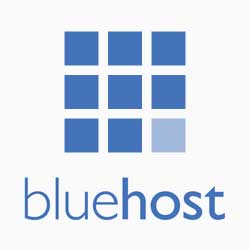Before, After, Bridge (BAB)
Here’s the low‑down on the BAB (Before‑After‑Bridge) framework for email marketing:
What is BAB?
- Before – You start by describing your recipient’s current pain or challenge.
- After – You paint an appealing “ideal future” where that problem is resolved.
- Bridge – You introduce your offer as the connection that takes them from before to after. (campaignmonitor.com)
Why it works in emails
- Empathy-driven: You align your messaging with what they’re feeling now.
- Contrast = desire: Highlighting the difference between “now” and “ideal” creates emotional pull. (rdmarketing.co.uk)
- Benefit-focused: Shifts focus away from product features to real audience results. (campaignmonitor.com)
BAB Email Example
Subject:
“Still struggling with low email engagement?”
Email Body:
Before:
Hi [Name],
Spending hours writing emails… only to hear crickets? That low engagement is costing you leads and reputation.
After:
Imagine sending emails that consistently get opens, clicks, and responses—building trust and boosting your revenue.
Bridge:
That’s exactly what our Email Engagement Accelerator delivers: pre‑tested templates, subject‑line formula, and optimization tips built to transform apathy into action. Would you like a quick demo this week?
How to Build Your Own BAB Email
- Before: Learn your audience’s current struggle. Use it to hook them.
- After: Show a vivid, better outcome—appeal to what they most want.
- Bridge: Clearly explain how your product/service creates that change.
BAB vs. PAS (Problem–Agitate–Solution)
Both are persuasive, but:
- PAS amplifies pain to make a direct sale.
- BAB focuses on transformation and paints a positive outcome. You walk them forward from “now” to “better.” (humanizeaitext.ai, reddit.com, yesware.com, reddit.com, easycopy.ai)
What Marketers Say
From Reddit:
“Before‑After‑Bridge (BAB): Describe the prospect’s current situation (before), paint a picture of what life could be like (after), then explain how your product/service bridges that gap.” (reddit.com)
Quick Tips
- Use emotive language in the Before to resonate.
- Use vivid imagery in the After to stir desire.
- Keep the Bridge simple: one sentence + clear CTA.
- Test elements: Try different pain-points, outcomes, or calls‑to‑action.
TL;DR
BAB is a clean, empathetic email formula:
- You mirror their pain,
- You offer a vision of relief,
- Then show your solution is the bridge.
It’s especially effective in cold or nurturing campaigns where transformation matters.




Comments